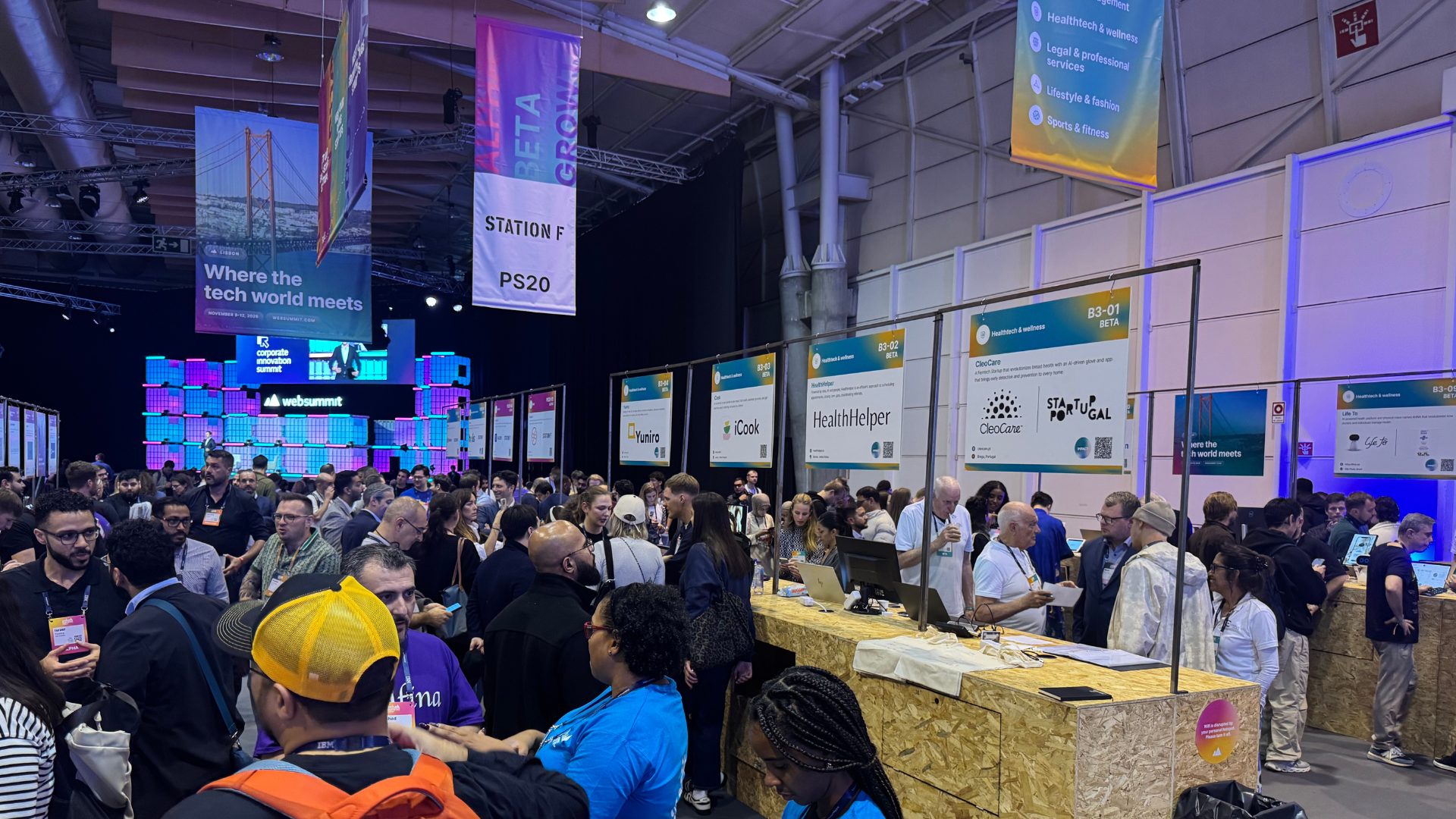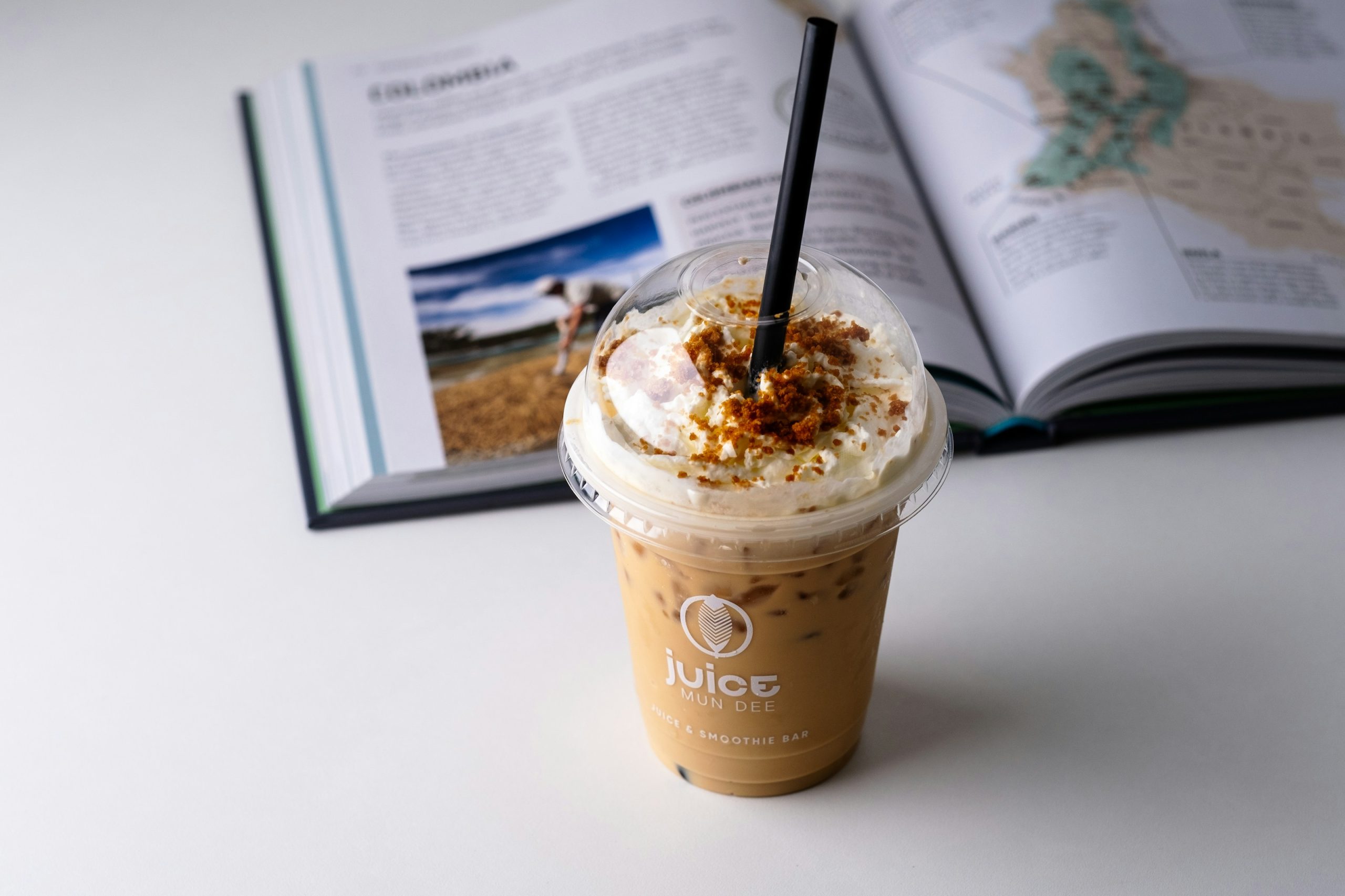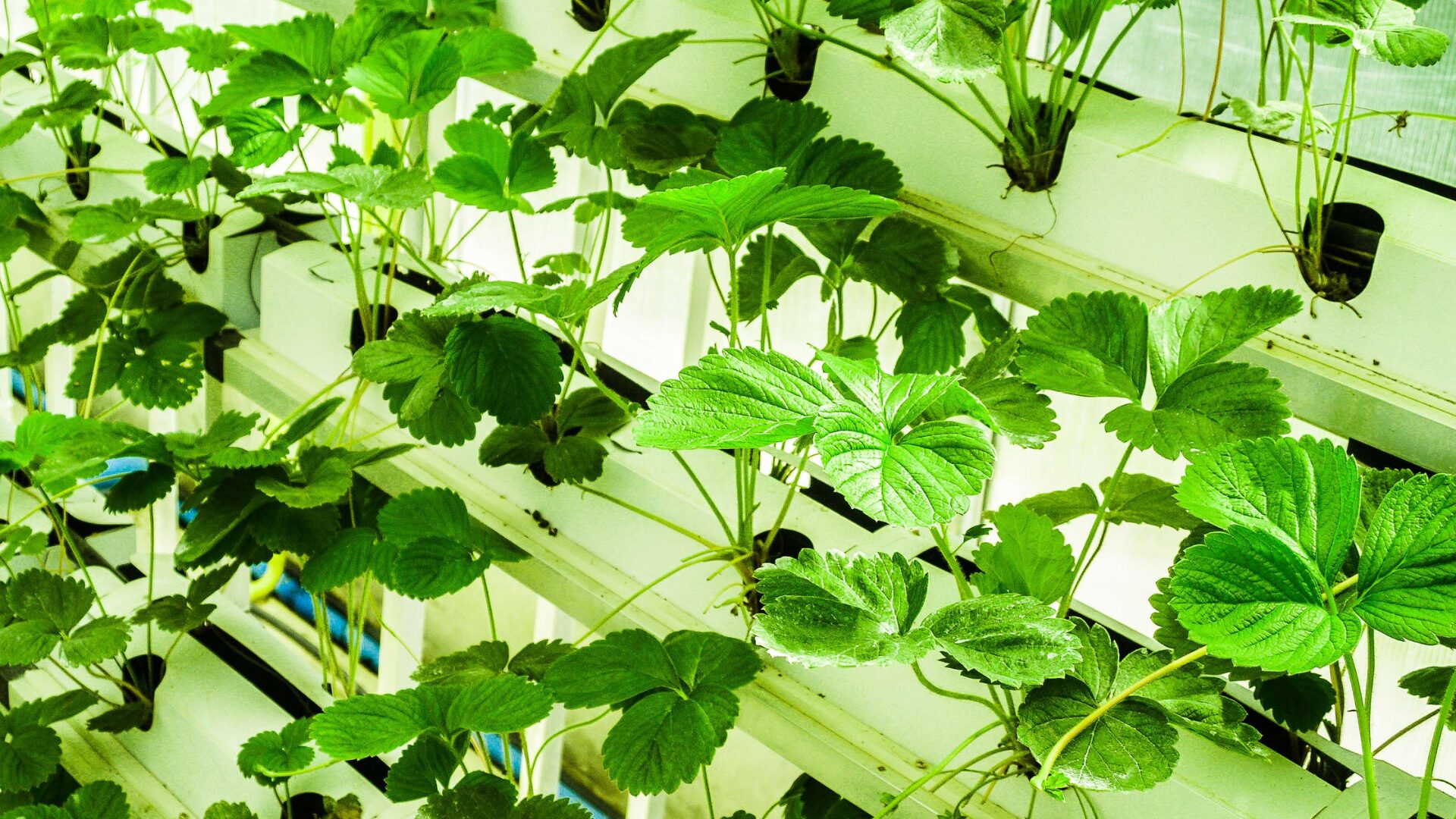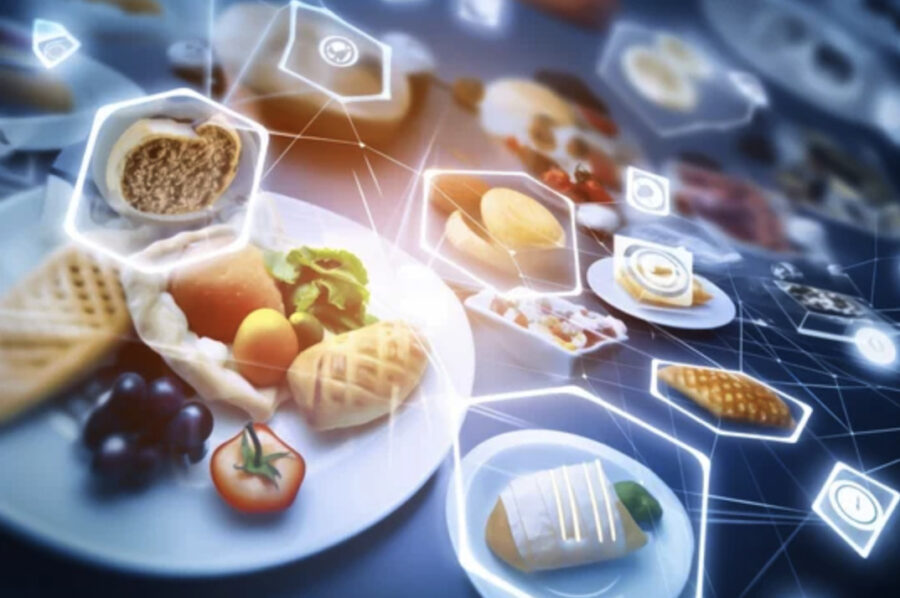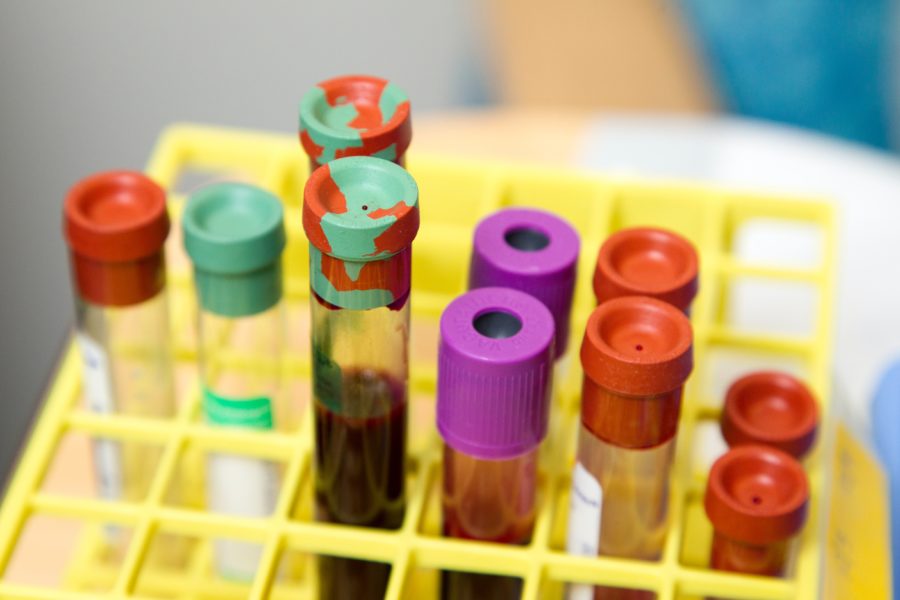LISBON, Portugal — I’ve just returned from the Web Summit in Lisbon, one of the world’s largest gatherings where industries collide: AI, fintech, sustainability, retail, mobility… This is where thousands of founders show what the next decade might look like.
But this year, one thing stood out immediately—and unexpectedly.
FoodTech was almost invisible.
Very few sessions, very few booths, very little conversation about the future of food. And that silence speaks volumes. It shows, once again, how incredibly difficult the F&B space is when it comes to real technological innovation.
Of course, there were a few bright exceptions. TEG from Brazil is helping farmers increase soil fertility by up to 20%. Digital Winery AI from the U.S. is building a full-cycle system that supports winemakers with real-time data and AI—from grape growth to final quality. These are meaningful ideas.
But they were rare. The real energy this year was in HealthTech. And that’s exactly where food should be looking.
HealthTech Is Accelerating—Fast
This year’s agenda was full of conversations on women’s health, prevention, and predictive care. And it reminded me of something simple but important: prevention currently gets only 3% of healthcare budgets, yet it’s where the biggest long-term impact sits.
The common thread? Prevention requires prediction. And prediction requires data.
Wearables have become our personal dashboards. They no longer show only what happened—they increasingly tell us what might happen next.
- My Oura ring monitors my sleep but also warns me when I’m close to burning out.
- Vien, a Ukrainian startup, helps people dealing with chronic fatigue when “just rest more” isn’t enough.
- Erakulis from Portugal (co-founded with Cristiano Ronaldo) consolidates all your wearable data and translates it into micro-actions you can take every day.
Different companies, different approaches—but underneath all the AI and sensors, almost every insight comes back to the same fundamentals: Sleep more. Move more. Eat better.
And this is where the biggest gap—and the biggest opportunity—sits.
Nutrition: The Missing Piece of the Prevention Puzzle
If we accept that food is the most accessible and powerful form of prevention, then HealthTech and FoodTech should be evolving together. But right now, they’re not.
We track how we sleep. We track how we move. We track our stress, our cycles, our recovery. But we don’t track the thing that affects our long-term health the most: how we nourish ourselves. This is the missing piece. And it’s a massive opportunity—not only for Tech, but for every brand in the F&B space.
Imagine if wearables could integrate nutrition signals. Imagine if food brands built evidence-based, personalized pathways directly into the same devices millions of us already wear everyday.
The consumer behavior is already there. The technology is already there. What we need is the connection between the two.
Innovation Is Decentralizing—And That’s Good News
Another strong message from the Web Summit this year: the tech revolution is no longer centered in Silicon Valley. As the event’s CEO said on stage, “The golden era of the Western world is gone.”
The record number of startups came from Poland and Eastern Europe. And many of them are building technologies with global relevance.
Two worth highlighting:
- Eatpol (Netherlands) – AI-powered consumer tests that measure emotional and behavioral responses, allowing companies to run credible product testing remotely in consumers’ homes.
- Wellysa SA (Poland) – A next-generation personal health assistant designed to detect cardiovascular risk early by combining medical expertise with smart tech.
These companies prove that big breakthroughs can come from new regions—and often do.
What This Means for Food & Beverage Leaders
The Web Summit made one thing clear: the future of food won’t be shaped by FoodTech alone. It will be shaped by how food integrates with health, data, prediction, and behavior.
Food is still our most powerful tool for prevention. Now we need to embed it into the ecosystems that consumers already trust to understand their bodies. Because, if a wearable can predict that I’m getting sick, it should also help me understand whether I’m nourishing myself well enough to stay healthy in the first place.
And the companies that build that bridge between food and health will define what consumer wellness looks like in the next decade.
Food for Thought Leadership
In this episode of The Food For Thought Leadership podcast, CEO Mike Messersmith unpacks how Lasso’s SpinTech — dubbed “an advanced cotton candy machine” — could revolutionize food texture, ingredient flexibility, and sustainability.


